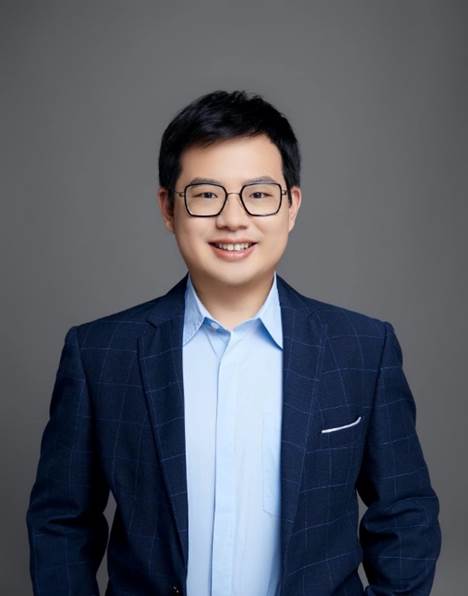檢測到您當前使用浏覽器版本過于老舊,會導緻無法正常浏覽網站;請您使用電腦裡的其他浏覽器如:360、QQ、搜狗浏覽器的極速模式浏覽,或者使用谷歌、火狐等浏覽器。
 下載Firefox
下載Firefox
檢測到您當前使用浏覽器版本過于老舊,會導緻無法正常浏覽網站;請您使用電腦裡的其他浏覽器如:360、QQ、搜狗浏覽器的極速模式浏覽,或者使用谷歌、火狐等浏覽器。
 下載Firefox
下載Firefox
北京大學定量生物學中心
學術報告
題 目: Dissecting spatiotemporal single-cell transcriptomics data combining dynamical models and generative AI
北京大學前沿交叉學科研究院國際機器學習研究中心
時 間: 10月14日(周一)13:00-14:00
地 點: 呂志和樓B101
主持人: 張磊 教授
摘要:
Reconstructing cellular dynamics from sparsely sampled single-cell sequencing data is a major challenge in biology. Classical dynamical models, despite their superior interpretability and predictive power for perturbation analysis, meet with challenges due to the curse of dimensionality and insufficient observations. Can we revitalize models in the era of single-cell data science, by taking advantage of Artificial Intelligence?
In this talk, I will introduce our recent efforts to dynamically integrate sampled cell state distributions through generative AI, highlighting exciting opportunities in both algorithm development and theoretical innovation. I will begin by presenting a framework that employs flow-based generative models to uncover the underlying dynamics (i.e. PDEs) of scRNA-seq data, and demonstrate the development of a dimensionless solver capable of inferring continuous cell-state transitions, as well as proliferation and apoptosis, from real datasets.
For spatial transcriptomics, we have further extended this framework by developing stVCR, which addresses the critical challenge of aligning snapshots collected from (1) different biological replicates and (2) distinct temporal stages. stVCR enables interpretable reconstruction and simulation of cell differentiation, growth, and migration in physical space, aligning spatial coordinates from transcriptomic snapshots—effectively generating a "video" of tissue development from limited static "images." This approach will be illustrated through applications in axolotl brain regeneration and 3D Drosophila embryo development.
To further infer stochastic dynamics from static data, we explore a regularized unbalanced optimal transport (RUOT) formulation and its theoretical connections to the Schrödinger Bridge and diffusion models. I will also introduce a generative deep-learning solver designed for this problem, with applications in single-cell analysis.
報告人簡介:
周沛劼,北京大學前沿交叉學科研究院國際機器學習研究中心研究員、助理教授、博士生導師,入選國家海外高層次青年人才計劃。2014年和2019年在北京大學數學科學學院獲得計算數學學士和博士學位,導師為李鐵軍教授,獲北京大學優秀博士論文獎。2020-2023年任美國加州大學爾灣分校數學系訪問助理教授,合作導師為聶青教授。研究領域為計算系統生物學,主要科研興趣為單細胞數據和人工智能方法驅動的複雜生物系統建模與計算,研究成果發表在Nature Methods, Nature Communications, Physical Review X, Molecular Systems Biology, Nature Machine Intelligence, Nature Genetics等交叉學科期刊,并擔任Nature Methods等多個期刊審稿人。
